Demographics
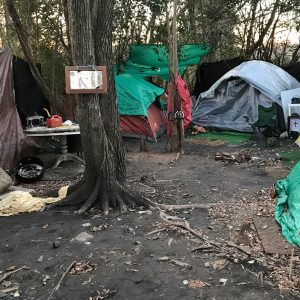
Five maps that show inequality in Charlotte in surprising ways
Charlotte is familiar with the so-called “crescent” and “wedge,” the longstanding pattern of race, income and wealth distribution that shapes much of the city. Wealthier, and often more white, residents are concentrated in the wedge-shaped slice of south Charlotte, while an arc of lower-income communities stretches to the north, east and west. It’s an oft-referenced […]
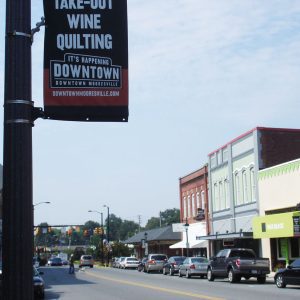
Closer to Charlotte? Faster growth
Recently released U.S. Census figures show continuing growth in almost all the towns and cities in the Charlotte region, and one factor driving growth appears to be proximity to Charlotte and Mecklenburg County. The Census numbers show Charlotte continues to be one of the nation’s fastest-growing large cities. The Census population estimate for 2017, released […]
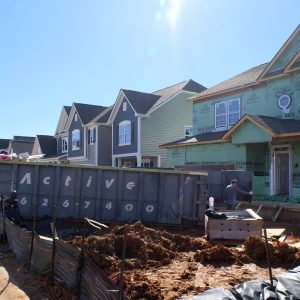
Building? Demolitions? Explore neighborhood data
Did you know… 10,390 new housing units got permits for construction in Mecklenburg County between July 1, 2016, and June 30, 2017. That’s up 35 percent from the year before. 77 percent of Charlotte-Mecklenburg Schools students attended their neighborhood (assigned) school in the 2015-16 school year. In many neighborhoods, nearly all children attend their neighborhood […]

Can Sun Belt sibling cities learn from each other?
HOUSTON — One city was built on oil and shipping in a hot, humid swampy spot laced with small waterways. Its former biracial dynamics have changed, as immigration boosted Latino and Asian populations. It’s growing rapidly – and that includes rapid growth in income inequality. Another city was built on textiles and banking in a […]
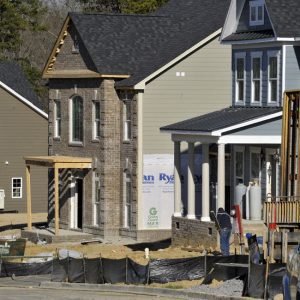
As cities grow, former hamlets become booming suburbs
Population growth in Charlotte and Raleigh continues apace, driving rapid growth into areas nearby. Example: The historic city of Hickory is now smaller than the former hamlet of Huntersville.

As charters and choice expand, so does segregation
As charter school enrollment has more than doubled across the U.S. over 10 years, demographic data are showing that charter schools are more segregated than traditional public schools. Nationally, 2.5 million students were enrolled in charter schools in 2013 across the U.S. Just 10 years prior, enrollment was less than 1 million.[1] Despite that growth, […]
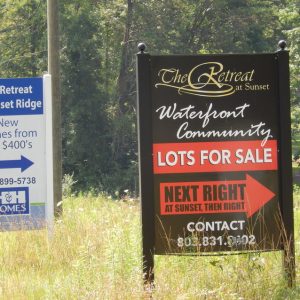
Who’s moving in? Out? Symposium takes a look
Many parts of the Carolinas, including the Charlotte region, are seeing a huge influx of newcomers. Who’s moving in, and from where? How are they reshaping decades-old demographic patterns? For instance, Census Bureau numbers released in 2014 showed that New York sent more new residents to Mecklenburg County than did any other state, followed by […]

Jobs in Charlotte? Numbers change, district to district
When we think about jobs coming to Charlotte, we may think of the flurry of press releases, photo ops, and political backslapping that all accompany a big announcement. Yet despite the role the city plays in promoting job growth, jobs are not spread evenly across the city’s seven Charlotte City Council districts. Since jobs are […]
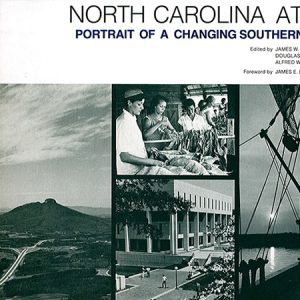
Geographer Stuart helped put ‘region’ in Charlotte regionalism
Those of us who knew Al Stuart are saddened by his passing on Nov. 1. Dr. Alfred Stuart, professor emeritus of geography and earth sciences, had a long and distinguished career at UNC Charlotte. I had the good fortune to work with him for more than 40 years, and I believe we should take a […]
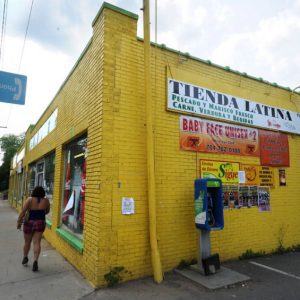
Mapping ‘Latino’ in the Charlotte region
The term “Latino,” like “Hispanic,” covers many different countries and cultures. With the opening last month of the exhibit “¡NUEVOlution!: Latinos and the New South,” at Charlotte’s Levine Museum of the New South, and with National Hispanic Heritage Month taking place in the first part of October, the UNC Charlotte Urban Institute looked at the […]